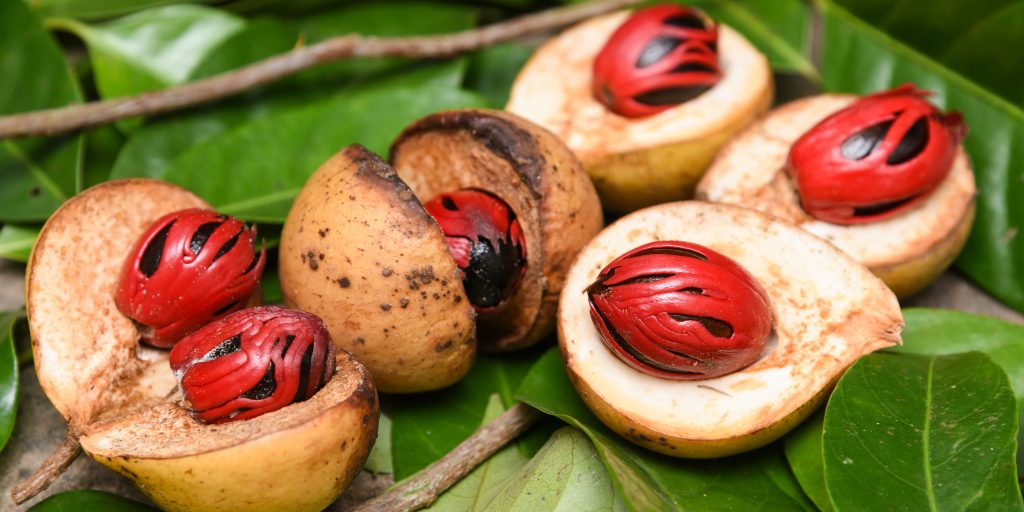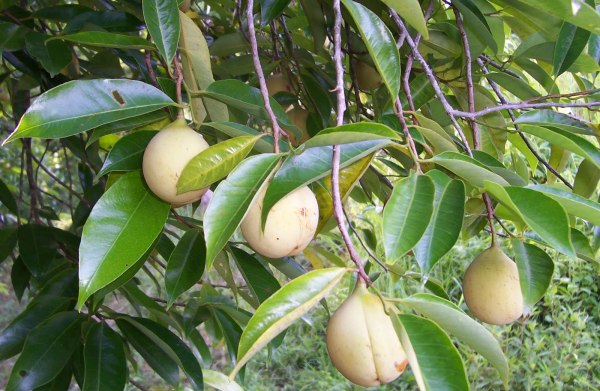When we think of spices that add depth and flavor to our culinary creations, nutmeg often takes center stage. This fragrant spice, derived from the seed of the Myristica fragrans tree, is a staple in kitchens around the world. Yet, hidden within this humble spice lies its lesser-known sibling, nutmace, with its own unique charm and culinary uses.
Meet Nutmeg’s Twin: Nutmace
Nutmace, also known as mace, is the vibrant, crimson-colored aril that envelops the seed of the nutmeg fruit. While nutmeg is known for its warm, sweet, and slightly nutty flavor, nutmace offers a more delicate, floral, and subtly spiced profile. The two spices share a close botanical relationship, but they each bring their distinct qualities to the table.

Culinary Versatility
Nutmace is a versatile spice that has found its way into both sweet and savory dishes across various cuisines. Its delicate aroma and flavor make it a valuable addition to many recipes, adding complexity without overpowering other ingredients.
1. Baked Goods and Desserts: Nutmace pairs beautifully with sweet treats. It is a key ingredient in many traditional recipes, including fruitcakes, custards, and holiday eggnog. A pinch of freshly grated nutmace can elevate your homemade pastries and desserts to new heights.
2. Savory Dishes: In savory dishes, nutmace can be found in spice blends, such as garam masala and curry powder. Its warm and subtly spiced notes complement meat dishes, soups, and stews. Try adding a pinch of ground nutmace to your next pot of hearty chili or lamb curry for a delightful twist.
3. Beverages: Nutmace’s aromatic qualities make it a wonderful addition to beverages. It is often used to infuse flavor into liqueurs, like chartreuse and vermouth. You can also experiment with nutmace in homemade tea blends or spiced cocktails.
Health Benefits
Beyond its culinary applications, nutmace has a history of use in traditional medicine. It is believed to possess various health benefits, although scientific research on these claims is ongoing. Nutmace is said to have digestive, anti-inflammatory, and antioxidant properties. Some cultures have used it to alleviate digestive discomfort or as a natural remedy for oral health.

Exploring Nutmace
To fully appreciate nutmace’s unique flavor and aroma, it’s best to use whole mace blades or freshly ground nutmace. Whole mace blades resemble delicate, crimson lace and can be easily grated or ground with a spice grinder or mortar and pestle.
As with any spice, moderation is key when using nutmace. Its flavor can be intense, so start with small quantities and adjust to your taste.
While nutmeg rightfully enjoys the spotlight in our spice racks, its often-overlooked twin, nutmace, is a hidden gem that deserves recognition. With its delicate floral notes and subtle spiciness, nutmace can transform ordinary dishes into extraordinary culinary experiences. So, the next time you reach for that trusty nutmeg grater, consider exploring the aromatic world of nutmace and unlock a world of new flavors in your cooking.


